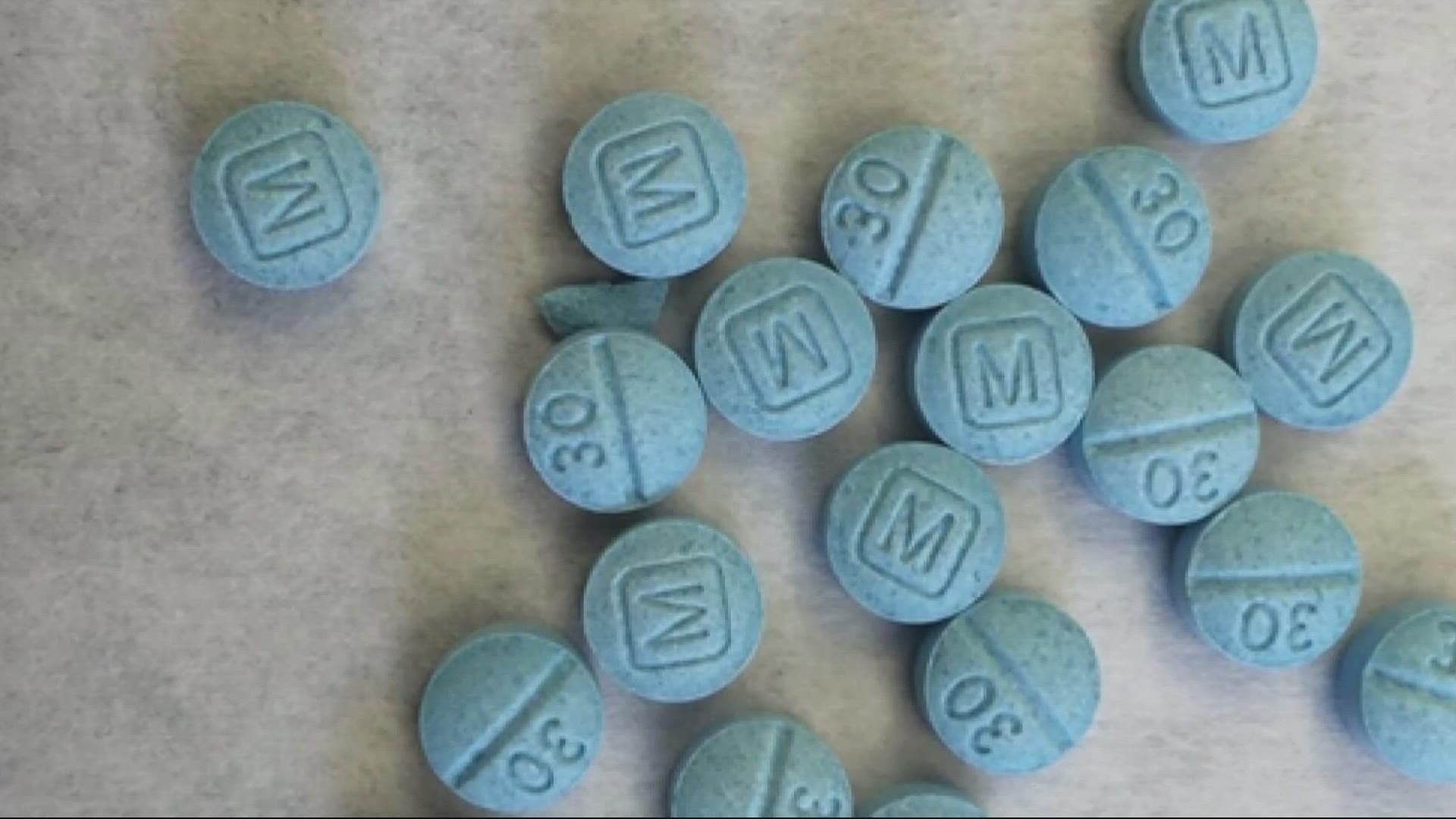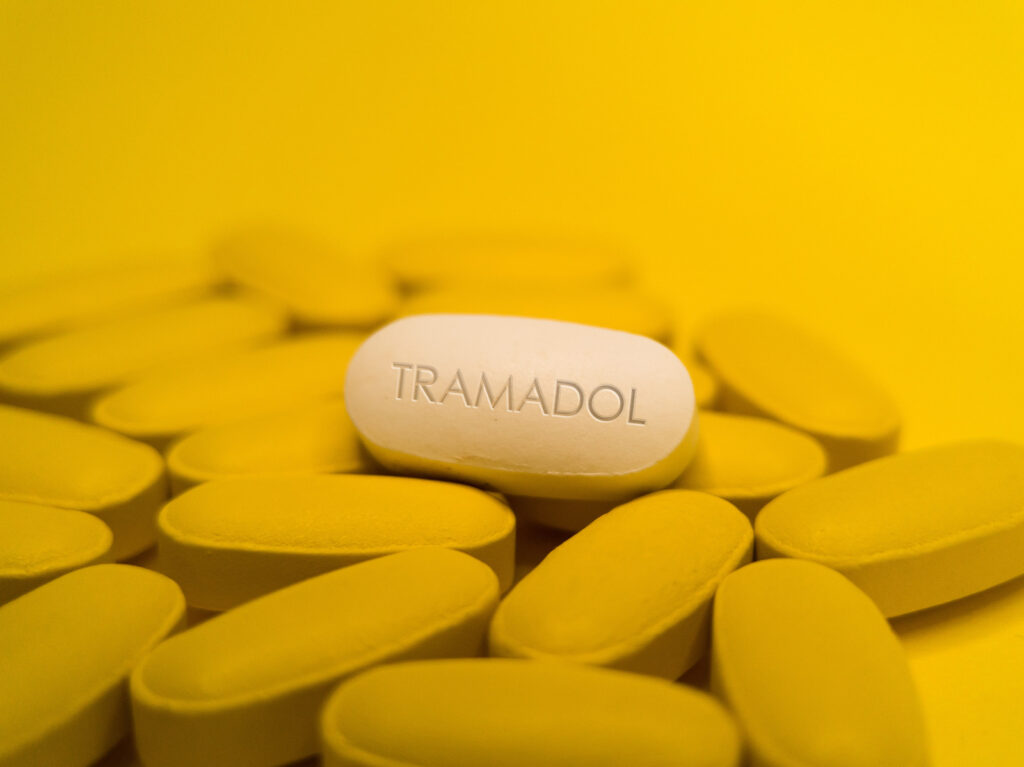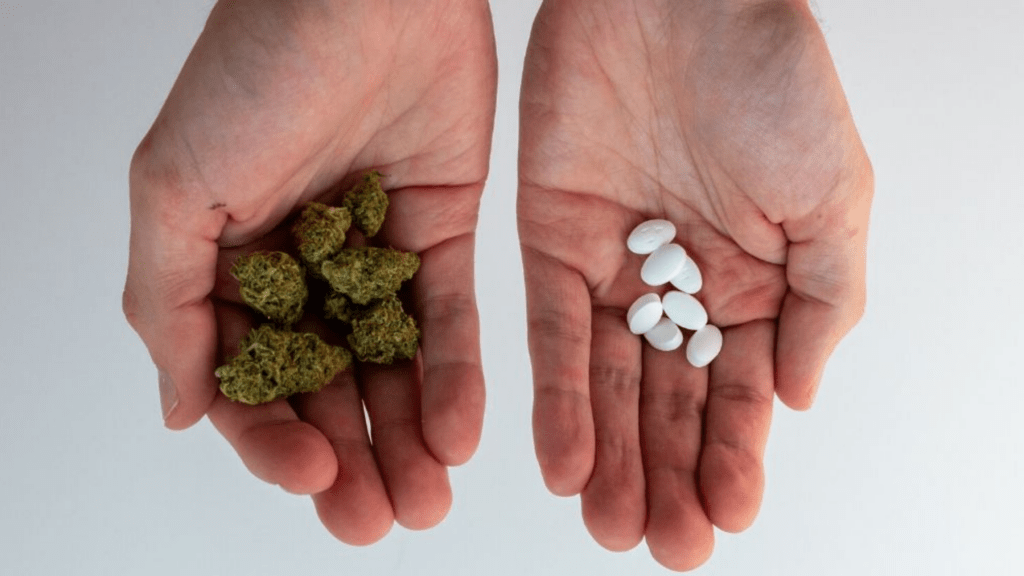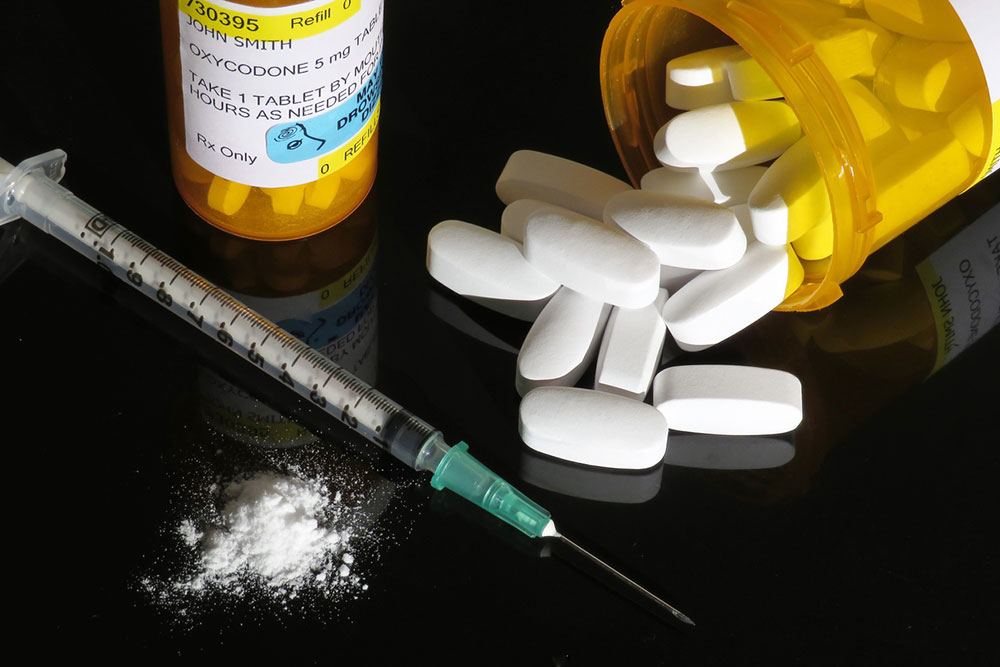What Is Fentanyl Made Of? And What Does Fentanyl Look Like?

Fentanyl is a potent and addictive synthetic opioid. It is made in laboratories from the same basic chemical structure that the opium poppy plant possesses. This is different from how non-synthetic opioids are made, as those are derived directly from the plant.
Key Points
- There are a variety of forms and colors in which fentanyl is available.
- This highly potent pain medication is primarily for medical and surgical uses and is dangerously addictive.
- When purchased off-market, this drug has often been modified by illegal labs to create different derivatives.
- Fentanyl is involved in thousands of overdoses and deaths in the United States.
- Professional treatment is essential to lasting recovery and holistic healing.
Fentanyl is used clinically for pain relief and as an anesthetic. It is 50 times more potent than heroin and roughly 100 times more potent than morphine[1] when used as an analgesic. When under the supervision of a medical professional, it can help people with chronic pain and pain from cancer.
There are illicit forms of the drug that have added to the overdose epidemic in the United States. Synthetic opioid overdose deaths involving illicitly manufactured fentanyl have risen 55.6% from 2020 – 2021.[2] It is typically mixed with other street drugs such as cocaine, meth, or heroin.
Chemical Structure Of Fentanyl
Fentanyl (CAS-437-38-7) is known as a piperidine derivative. The full systematic name of fentanyl is N-(1-(2-phenethyl)-4-piperidinyl-N-phenyl-propanamide.[3]
Fentanyl has been modified by pharmaceutical companies into derivatives that have slightly different effects. The chemical structure of fentanyl varies depending on which derivative it is. When this is done, it is still safe to use in a clinical setting.
When produced in a pharmaceutical lab, the amount is controlled, which leads to fewer overdoses of the drug. This is why many countries have safeguards on fentanyl prescriptions with a standardized national health record and tracking system for legal fentanyl prescriptions. However, those addicted to fentanyl will often obtain prescription dose fentanyl from the secondary market and utilize it outside or beyond a regular prescription, which can lead to an overdose.
When fentanyl is produced illicitly, it is difficult to regulate the amount in each dose, which can cause there to be a high amount of fentanyl present, or it is more likely to be laced with other drugs.
What Does Fentanyl Look Like?
Fentanyl comes in a variety of forms depending on if they are pharmaceutical grade or illicit form. There is a significant difference in how fentanyl that a doctor prescribes looks compared to the kind that can be found on the street.
Typically, fentanyl and its salts are crystalline or white granular powders. Illicit forms of fentanyl are usually a light yellow powder or included on pieces of cardboard that are permeated with fentanyl called ‘paper trips.’
There are a variety of different colors and forms that fentanyl can be made from. Some forms contain more of the drug than others, especially those manufactured illegally. Because it is difficult to tell the difference between these drugs, it is essential to only get fentanyl from a prescriber. This will ensure the correct dosage and form for medical purposes.
Forms Of Fentanyl
Fentanyl can be found and used in a variety of forms. This depends on whether they are produced and used medicinally or if they are produced illicitly and illegally distributed. Some forms of fentanyl are used primarily for medicinal purposes and are not easy to access.
Fentanyl can be taken orally, dropped on blotter paper, made into a liquid and injected, and snorted through powder or nasal sprays. There are also patch and lozenge forms commonly prescribed by medical professionals.
Pills
One of the most common ways fentanyl is produced and distributed is through pill form. It is often sold as fake Xanax, Oxycodone, or other prescription medications. This makes it easy to traffic and sell on the street.
Powder
When fentanyl is sold in powder form, it will typically have an off-white to light-brown color. The powder form is often mixed into other illegal drugs such as heroin, cocaine, or crystal meth. The powder form of fentanyl will bring out an off-brown color when mixed with other powders.
Patches
Fentanyl patches are mainly found in clinical settings to administer a controlled dose of the drug. They work similarly to nicotine patches, where they are placed on the skin, and the skin will absorb the medication slowly over time into the bloodstream. This form of fentanyl is not commonly found on the streets.
Effects of Fentanyl Use
Fentanyl works in a similar way that morphine, heroin, and other opioids do. They bind to the brain’s opioid receptors, which are associated with emotions and pain. There are many side effects of fentanyl use that happen very quickly after taking the drug.
These side effects include:
- Nausea or vomiting
- Sedation or drowsiness
- Euphoria or intense happiness
- Confusion
- Trouble breathing
- Constipation
- Unconsciousness
- Dizziness
- Pain relief and relaxation
- Pupillary constriction
- Urinary retention
Long-Term Risks Of Fentanyl Use
Whether someone is taking prescribed or illicit fentanyl, there are many long-term side effects that may occur. This drug, when taken for a long period of time, will cause some issues with the body and mind.
Long-term side effects may include:
- Menstrual cycle issues
- Reduced sex drive
- Respiratory problems
- Mood swings
- Ongoing constipation
However, the largest risk of ongoing fentanyl use is addiction. When fentanyl is abused and used often, tolerance for the drug develops. This will cause someone to have to use more of the drug to get the same desired effects. This may cause an accidental overdose due to more of the substance needing to be ingested.
When someone develops a fentanyl addiction, there are many signs that may be noticed. Things such as impaired judgment and compulsive use are signs of addiction.
Other signs of fentanyl addiction can include:
- The inability to complete responsibilities, activities, or routine chores
- Poor performance at work or school
- Frequent absences from school or work
- Obsessing about when the next time they’ll be able to use the drug, when they will get more, or thinking about how it makes them feel
- Forging prescriptions or contacting multiple doctors for a prescription
- Withdrawal from social situations or isolation
When someone is in active addiction to fentanyl, they may look to obtain the drug through different means. When illicit forms of fentanyl have been tested, they have been found to contain at least 2 mg of fentanyl.[4] which is considered a potentially lethal dose. This can easily cause an overdose of the drug. When an overdose is suspected, treatment must be administered immediately. There are drugs on the market that can help reverse the effects of a fentanyl overdose, such as naloxone.
Fentanyl Recovery and Treatment
Recovery and treatment for fentanyl dependence can vary depending if it has been prescribed by a doctor for pain or if someone suffers from other mental health issues and a true addiction has developed.
Those with chronic pain associated with the use of fentanyl should be under the care of a team of pain specialists to ensure that the pain is treated alongside the addiction to the drug. With guided mediation tapering and substance use disorder treatment, it is possible to overcome a fentanyl addiction.
There are a variety of different options for fentanyl addiction treatment. Detox or medication-assisted treatment is often the first step. Other medications that assist with pain management, comfort, and other symptom management can be prescribed during the detox and withdrawal process and throughout early recovery to prevent relapse. Following detox, additional treatment programs like Partial Hospitalization, Intensive Outpatient, and outpatient treatment support long-term recovery.
Medication-assisted therapy may help to taper off prescription opioids. This form of treatment typically is used in conjunction with various therapies such as peer group counseling, psychotherapy, or individual counseling.
With professional treatment and support, recovery is possible.
Get The Help You Need. We Can Help.
It’s important to know what kind of fentanyl is safe for pain relief. Only obtain it through a prescription from a doctor. Fentanyl use can be hazardous to your health when used incorrectly or obtained through illegal means.
Frequently Asked Questions About Fentanyl
Are you or a loved one struggling with Fentanyl use? Reach out today.


